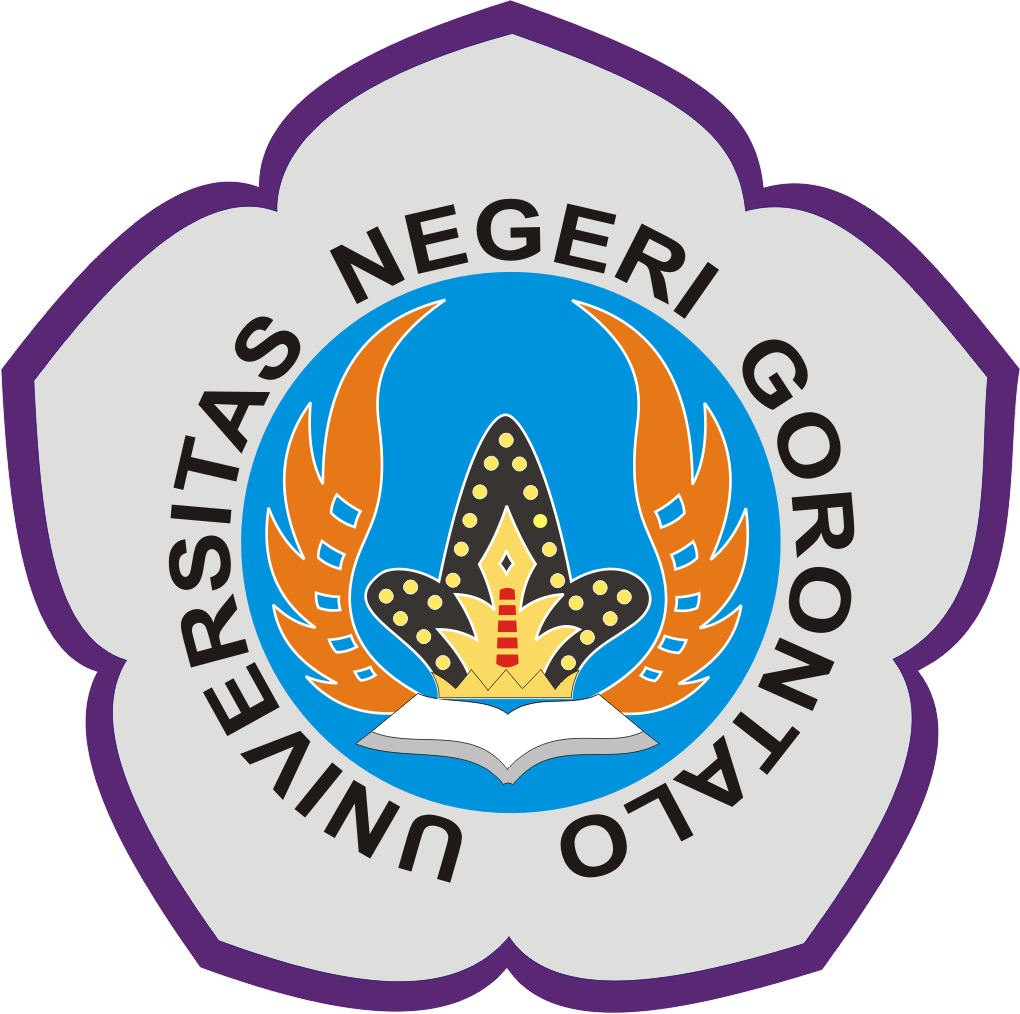Congenital Nephrotic Syndrome: A Case Report
Abstract
Congenital nephrotic syndrome (CNS) is a rare disorder characterized by massive proteinuria, hypoalbuminemia, hyperlipidemia, and edema that occurs in the first three months of life. The incidence of CNS is about 1.5% of all cases of nephrotic syndrome in children, while the incidence in children is about 2 per 100,000. The pathogenesis of CNS is thought to be due to genetic defects in the components of the glomerular filtration barrier, particularly nephrin and podocin, which cause most similar cases. A perinatal infection may also cause CNS. The most common type of primary CNS is the Finnish type, inherited in an autosomal recessive manner. We report a case of a six-month-old male patient who presented with swelling of the face, abdomen, and genitals since the age of 3 months, which had worsened a week before admission to the hospital. There was no history of nausea, vomiting, fever, or seizures, and the child could drink milk. Physical examination revealed ascites with positive shifting dullness and pretibial, dorsum pedis, and scrotum edema. The liver and spleen were difficult to assess. Laboratory examination revealed leukocytosis (27.8x103/µL), anemia (7.7 g/dL), thrombocytosis (537x103/μL), hypoalbuminemia (1.5 g/dL), dyslipidemia (total cholesterol 374 mg/dL, HDL 7 mg/dL, LDL 69 mg/dL, triglycerides 1196 mg/dL), proteinuria (+3/300), and hematuria (+3/200). A history of urological ultrasound showed right and left nephropathy with mild hydronephrosis and ascites. To sum up, we reported male patient 6 months with congenital nephrotic syndrome. Chromosomal analysis is recommended in this case.
Full Text:
PDFReferences
Chen Y, Zhang Y, Wang F, Zhang H, Zhong X, Xiao H. Analysis of 14 Patients With Congenital Nephrotic Syndrome. Front Pediatr. 2019;7(August):1-8.
Kliegman R. Nephrotic syndrome. In: Nelson Texbook of Pediactrics. Netherlands: Elsevier; 2020. p. 2752-60.
Jain JB, Chauhan S. Congenital Nephrotic Syndrome. In: StatPearls [Internet]. Treasure Island (FL): StatPearls Publishing; 2024 [cited 2024 Feb 1]. Available from: http://www.ncbi.nlm.nih.gov/books/NBK572058/
Eichinger A, Ponsel S, Bergmann C, Günthner R, Hoefele J, Amann K, et al. Cyclosporine A responsive congenital nephrotic syndrome with single heterozygous variants in NPHS1, NPHS2, and PLCE1. Pediatr Nephrol Berl Ger. 2018;33(7):1269-72.
Ha TS. Genetics of hereditary nephrotic syndrome: a clinical review. Korean J Pediatr. 2017;60(3):55-63.
Akchurin O, Reidy KJ. Genetic causes of proteinuria and nephrotic syndrome: impact on podocyte pathobiology. Pediatr Nephrol Berl Ger. 2015;30(2):221-33.
Widajat H, Muryaman M. Steroid Sensitive of Neprotic Syndrome. In: Text Book of Pediatry. Badan Penerbit Universitas Diponegoro; 2010.
Wisata L, Prasetyo D. Differences in Clinical Aspects of Steroid-Resistant and Steroid-Sensitive Nephrotic Syndrome in Children. Semarang: Pediatric Department of Universitas Padjajaran; 2011.
Juliantika R, Lestari HI, Kadir MR. Correlation between Hypoalbuminemia and Hypercholesterolemia in Children with Nephrotic Syndrome. Maj Kedokt Sriwij. 2017;49(2):87-92.
Kharisma Y. General Review of Nephrotic Syndrome. Universitas Islam Bandung; 2017.
DOI: https://doi.org/10.37905/jmhsj.v3i1.24355
Refbacks
- There are currently no refbacks.
Jambura Medical and Health Science Journal (JMHSJ) has been indexed by:
 |  |  |  |
| Editorial Office |
Medical Faculty Building, 1st Floor Jl. Jend. Sudirman No.6, Kota Gorontalo, Gorontalo, 96128, Indonesia.Whatsapp: +6285233215280 Email: jmhsj@ung.ac.id |
 |











